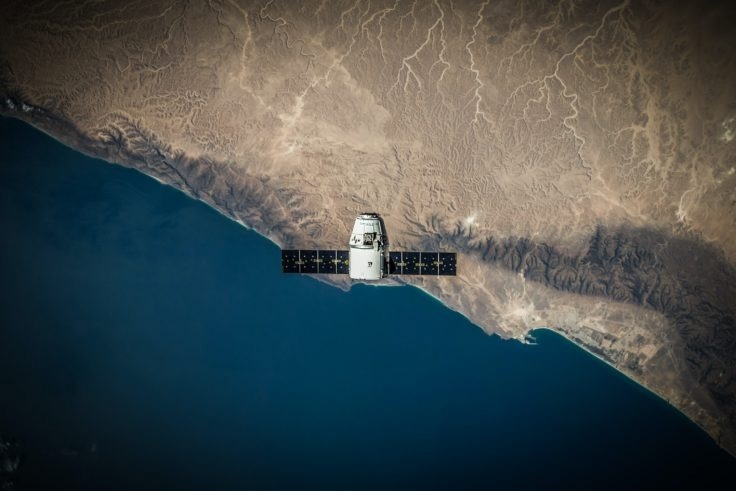According to a recent study from the British Antarctic Survey, rising CO2 levels in the Earth’s atmosphere could cause a long-term drop in air density at high altitudes. This reduced density will lessen the drag on objects orbiting between 90 and 500 kilometers above the atmosphere's surface, extending the lifetime of space debris and increasing the possibility of collisions between debris and satellites.

Image Credit: British Antarctic Survey
Collisions could result in serious concerns if satellites, which cost billions of dollars, are damaged since society is becoming increasingly dependent on satellites for navigation systems, mobile communications, and Earth monitoring.
The study, released in September, 2022 in the journal Geophysical Research Letters, offers the first accurate assessment of climate change in the upper atmosphere over the next 50 years.
Although several studies have examined the changes that would occur in the lower and middle atmosphere, there has been far less investigation into situations at higher altitudes.
Around 5,000 operational and inactive satellites were in low Earth orbit, up to 2,000 kilometers above the planet, as of March 2021, an increase of 50% over the preceding two years. In the following ten years, numerous businesses intend to add thousands more.
When a satellite is no longer in use, it continues to orbit, but the atmospheric drag causes it to slow down and lower its orbital altitude until it burns up in the lower atmosphere.
Satellite operators are advised to ensure that decommissioned satellites deorbit within 25 years by the Inter-Agency Space Debris Coordination Committee; however, the decreasing air density will cause planning and calculation errors.
The middle and upper atmospheres have cooled in comparison to the lower atmosphere. This causes the density to decrease, which has practical effects on the drag on objects at those altitudes, like abandoned satellites and mission-related debris.
With less drag, these objects have a longer lifetime, stay in orbit for longer, and are more likely to collide with other space junk and operational satellites.
A global model of the entire atmosphere up to 500 kilometers altitude was used by Ingrid Cnossen, a NERC independent research fellow at the British Antarctic Survey, to simulate changes in the upper atmosphere up to 2070.
Cnossen compared her predictions and the data from the previous 50 years and discovered that even in a scenario with low future emissions, the expected average cooling and reduction in upper atmospheric density is approximately twice as large as what has previously been observed.
The changes we saw between the climate in the upper atmosphere over the last 50 years and our predictions for the next 50 are a result of CO2 emissions. It is increasingly important to understand and predict how climate change will impact these regions, particularly for the satellite industry and the policymakers who are involved with setting standards for that industry.
Ingrid Cnossen, NERC Independent Research Fellow, British Antarctic Survey
Cnossen added, “Space debris is becoming a rapidly growing problem for satellite operators due to the risk of collisions, which the long-term decline in upper atmosphere density is making even worse. I hope this work will help to guide appropriate action to control the space pollution problem and ensure that the upper atmosphere remains a usable resource into the future.”
The European Space Agency estimates that there are 1 million debris items larger than 1 cm and over 30,000 trackable pieces larger than 10 cm in diameter in low Earth orbit.
It is also anticipated that changes to the Earth’s magnetic field and rising CO2 concentrations will affect the ionosphere, the charged region of the upper atmosphere. To account for mistakes that electrons inject into satellite-based sea level measurements used for climate monitoring, it is crucial to comprehend the distribution of electrons in the ionosphere.
The southern Atlantic Ocean, western Africa, and South America are shown to see the highest shifts in electron count. The study recommends more investigations to track these modifications and compile data to account for impacts on satellite-based data applications.
Journal Reference:
Cnossen, I. (2022) A Realistic Projection of Climate Change in the Upper Atmosphere Into the 21st Century. Geophysical Research Letters. doi:10.1029/2022GL100693